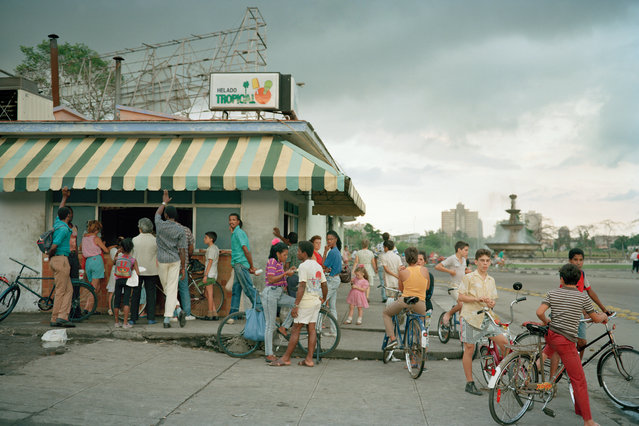
As an American in 1990s Cuba, Tria Giovan risked being branded a traitor. But the photographer continued to visit and, from the dance hall to the hair salon, she captured the resilient spirit of the Cuban people. The 120 images in Tria Giovan’s “The Cuba Archive” are from the period in the 90s when, as an American, travel to Cuba could have seen her branded a traitor, as the country was subject to a US trade embargo. Her trip required lots of planning – and patience. (Photo by Tria Giovan/The Guardian)
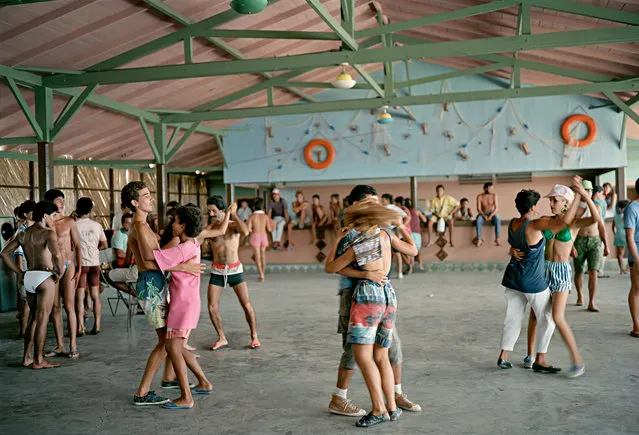
Giovan set out to capture the people’s resilience, during what Fidel Castro, with typical hyperbole, called the “special period”. (Photo by Tria Giovan/The Guardian)
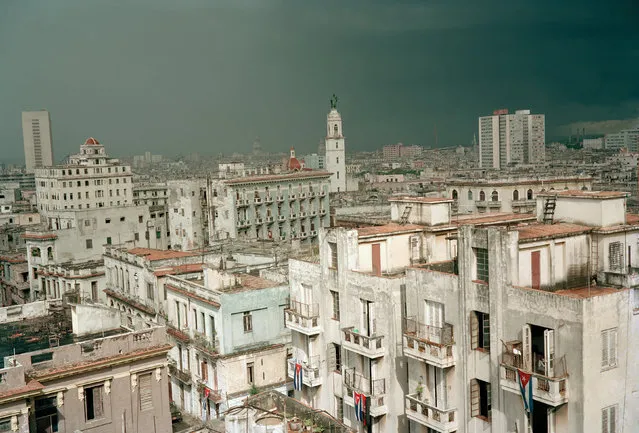
Giovan arrived in 1990, a few months after the fall of the Berlin Wall, and kept returning over the next six years. (Photo by Tria Giovan/The Guardian)
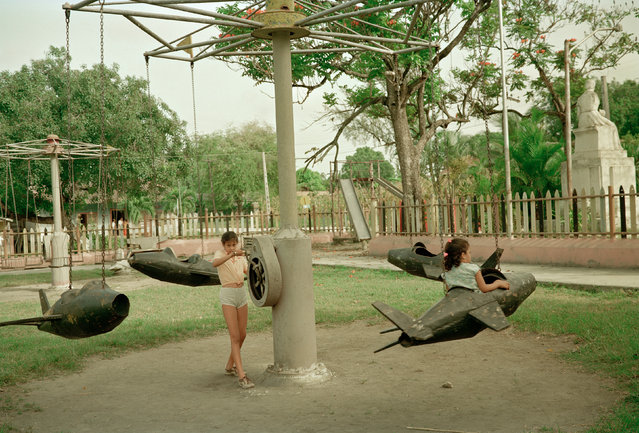
“Having grown up in the Virgin Islands,’ says Giovan, ‘I was searching for a place to photograph that had escaped homogenisation and commercialisation. Inaccessible, forbidden and enigmatic, Cuba shone like a beacon. With that first trip, I knew Cuba was everything I was looking for”. (Photo by Tria Giovan/The Guardian)
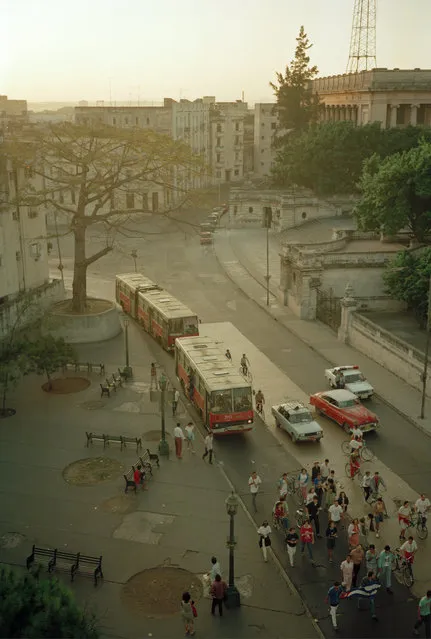
“On the streets of Havana”, writes journalist Silvana Paternostro in the book’s foreword, “even the simplest tasks have become a struggle, and the search for basic goods has become so urgent that everyday Spanish has given way to a vocabulary of crisis. The verbs for “to find”, “to get”, and even “to have” have merged together into one: “resolver” meaning “to resolve” or, better yet, “to solve”. (Photo by Tria Giovan/The Guardian)
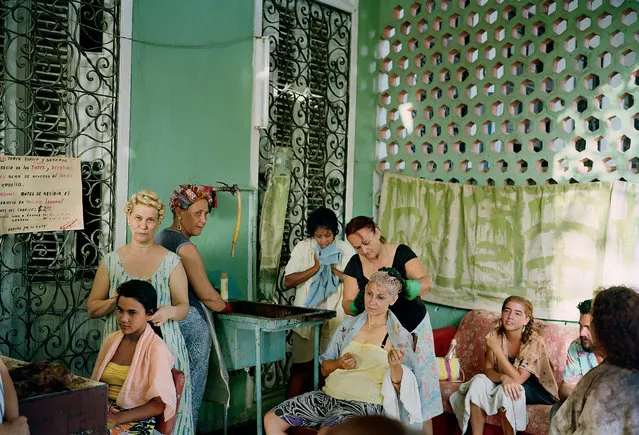
Giovan’s shots capture how life – and hairstyling – goes on in the face of shortages, long queues, petrol deficits, and buildings held up by feeble scaffoldings. (Photo by Tria Giovan/The Guardian)
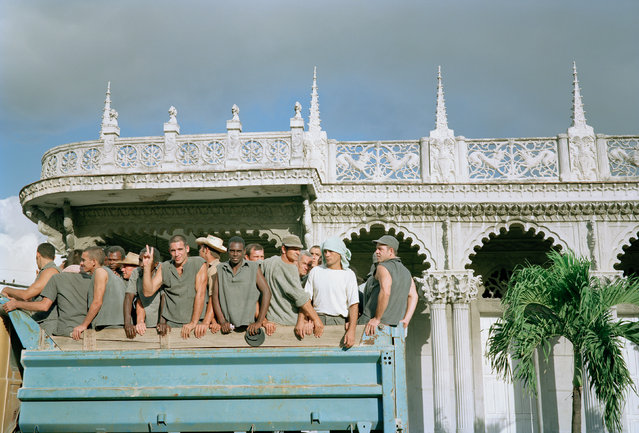
In Castro’s Cuba, aesthetic beauty goes hand in hand with a sense of deterioration, isolation and loss. (Photo by Tria Giovan/The Guardian)
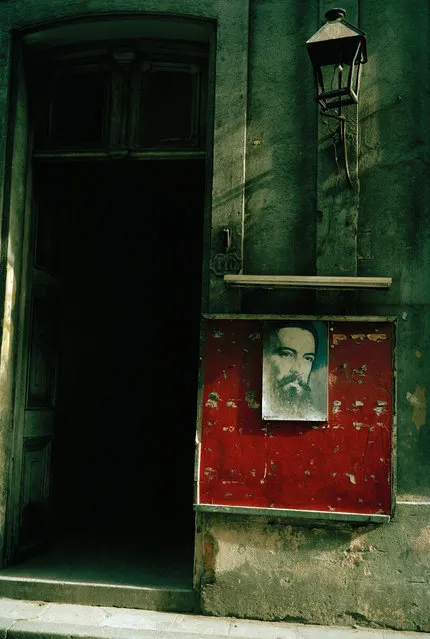
“On that first trip in 1990”, says Giovan, “I sensed a country teetering on some precipice. I ran out of film in a couple of days. Everything was interesting”. (Photo by Tria Giovan/The Guardian)

“I’d see someone I’d like to shoot. So I’d ask and I’d always get a “Sure, why not?” And then something I had never experienced happened when I raised my camera – their expression didn’t change”. (Photo by Tria Giovan/The Guardian)
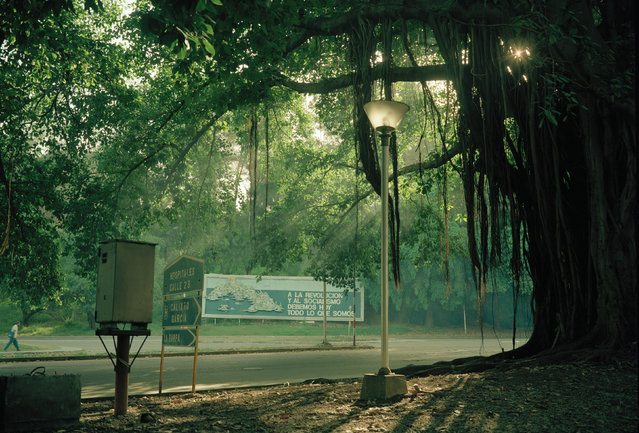
Giovan stopped photographing the island in 1996. Castro would die 20 years later without ever announcing the end of his special period. “It’s easy to romanticise Cuba”, says Giovan, “but with romance there is always some suffering”. (Photo by Tria Giovan/The Guardian)
21 Sep 2017 09:04:00,
post received
0 comments
